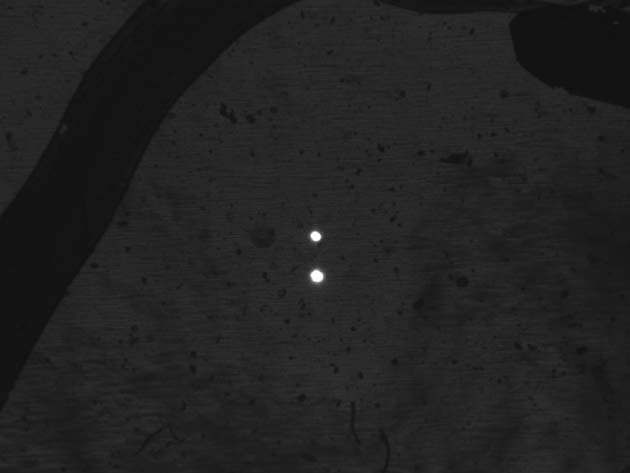Scientists Drill Possibly World's Smallest Holes

Using new machinery, researchers have drilled holes narrower than a human hair in stainless steel and other materials. They say the holes are likely the smallest ever made by humans.
The effort is geared toward future uses in electronics and medicine.
"The holes we are now drilling in Cardiff with the electro-discharge machining (EDM) process could be the smallest in the world," marketing director Frank Marsh of the Manufacturing Engineering Center at Cardiff University in the UK.
The holes are as small as 22 microns in diameter, or 0.022 millimeters. Human hairs range from 50 to 80 microns wide.
Laser technology had previously made holes down to 150 microns.
"Although lasers are able to make small holes, these are of poorer quality when compared to the EDM process," Marsh said. "Lasers make holes that taper, whereas EDM makes parallel or vertical holes."
The EDM uses a tiny electrode that's just 6 microns wide. Just manufacturing the electrode was a feat, requiring a similarly precise device called a wire electrode discharge grinder.
Get the world’s most fascinating discoveries delivered straight to your inbox.
A Japanese team claimed in 1985 to have made 5-micron electrode, but it's not clear if the research ever produced miniscule holes. "No further evidence has emerged" from that work, Marsh said.
Engineering at the nanotechnology level requires such tools to make hoped-for advances in smaller computers, industrial machines and even medical devices that could be inserted into the human body to deliver drugs or monitor health.
- The World's Smallest Car
- The World’s Smallest Robot
- The World's Smallest Motor
- The World's Smallest Refrigerator
- Image Gallery: Micromachines
- Itsy Bitsy Hole Measurer



